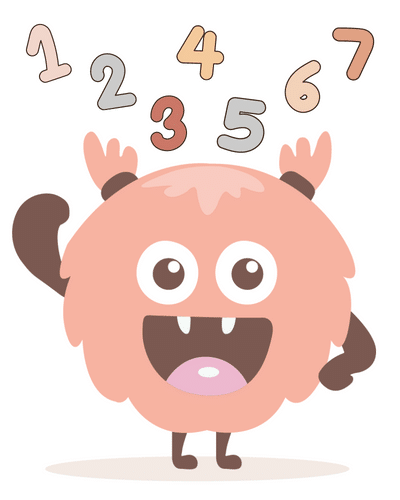Practice Word Problems – Grade 3
Math Word Problems in 3th Grade
One of the most important skills students need to master in math is solving word problems. These types of problems, also known as ‘math word problems‘ or ‘story problems‘, require students to apply their math skills to real-world situations. While some students may find word problems straightforward, others may struggle with the language and context of these problems. Third grade is a critical year for students when it comes to word problems. By this stage, students are expected to have a solid grasp of basic math concepts such as addition, subtraction, multiplication, and division. They are also expected to be able to apply these concepts to a variety of situations, including word problems.


Math Goals in 3rd Grade
In 3rd grade, students learn to add and subtract numbers with more than one digit, including regrouping or carrying over. They also begin to learn basic multiplication and division facts and how to apply these facts to solve problems. Students also learn about fractions and how to compare, add, and subtract them. Third graders learn about shapes, angles, lines, and symmetry in geometry. They also learn about measuring length, weight, and capacity, as well as telling time and reading a calendar in measurement. Finally, they learn how to collect, organize, and analyze data using charts and graphs in data analysis. All of these concepts can be found in math word problems. For example, a word problem might ask students to calculate the area of a rectangle (geometry), or to determine how many cookies each person in a group can have if there are 24 cookies and 6 people (division and fractions). By practicing math word problems, students can develop a deep understanding of these concepts and how to apply them to real-world situations.
Solving Word Problems
For many 3rd-grade students, math word problems can be a challenge. However, using a structured approach can make a big difference in how well they understand the problem and find the correct solution. Start by teaching children the steps involved in solving a math word problem. Explain the importance of each step and demonstrate how to apply the method to a range of problems. Provide children with plenty of opportunities to practice solving word problems using the structured approach. Start with simple problems and gradually increase the difficulty level as children become more confident. Offer feedback on children’s problem-solving attempts, highlighting areas where they may have gone wrong and providing guidance on how to correct their approach. Use real-world examples: Make math word problems relevant and engaging by using real-world examples that children can relate to. For example, use problems related to money, time, or everyday situations.

